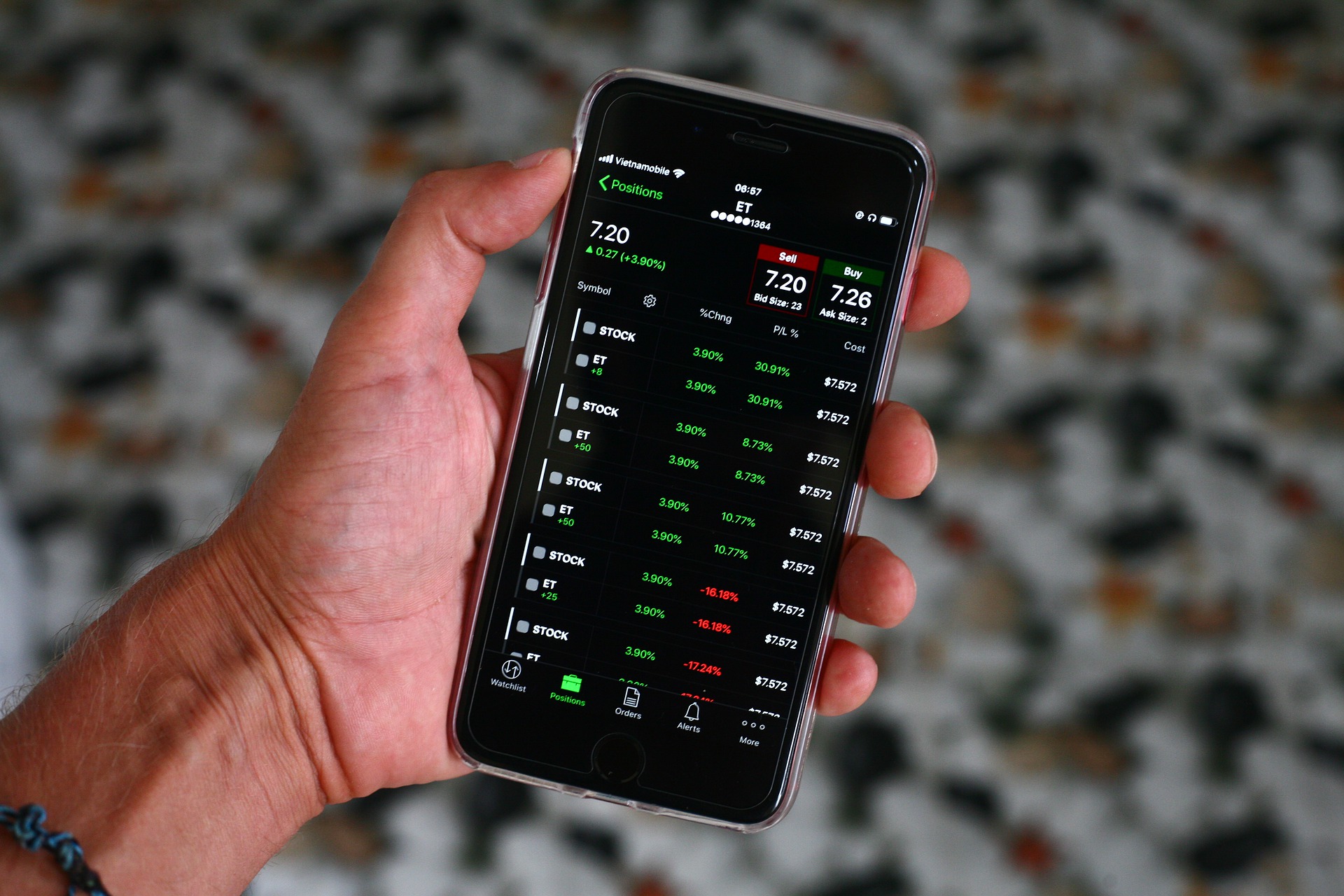Are you planning to start trading options but the complexities of the same confuse you? Were you caught off-guard when you saw CE written next to scrip for the first time? It is common for a beginner to get confused between a call option, put option, and other intricacies of option trading. To sort out the confusion, let us look at the call option example.
A majority of options traders back off because of suffering high losses. It is therefore important to understand how a call option works before diving full-fledged into the trading zone. Let us, therefore, understand the call option with example.
Call Option Example India
Let us understand options trading as a special agreement. A buyer and a seller enter an agreement, in which they choose a certain price and a fixed date in the future on which the order gets executed. Although, either the buyer or the seller gets an option to execute the order or to exit the same before the expiration date. The right is vested upon the individual who pays the premium amount depending on his/her market sentiment.
In a call option, the buyer pays the premium and therefore has the right to execute the order. But why?
Let us understand this with an example.
Agreema owns a clothing shop and often deals with wholesale retailers and factory owners. She has to buy new stock for the upcoming year so she gets in touch with a wholesale retailer. The catch here is that she somehow knows that with the onset of the new year, that is on the 1st of January, the prices of certain clothing items will increase because of a hike in some taxes.
She asks the whole retailer to sell her the stock for ₹10,00,000 on 2nd January irrespective of the change in prices. The wholesale retailer is unaware of the change in taxes so, he agrees on doing that. In order to lock in the deal, Agreema pays ₹1,00,000 non-refundable deposit to the wholesale retailer. In this case, even if she doesn’t execute the deal, the retailer still makes a profit of ₹1,00,000.
Now, there can be three scenarios in this case.
- The price of the goods increase.
- There is a decrease in the prices.
- The prices remain the same.
Let us have a look at what will happen in all the cases.
- Suppose on 1st January the prices increased to ₹16,00,000. Since Agreema paid an advance fee, she has the right to either execute the deal or bear the loss of ₹1,00,000 advance. In this case, the market conditions are in her favor so she will definitely execute the deal.
Market price=₹16,00,000
Agreement price= ₹10,00,000
Advanced paid=₹1,00,000
Gross Profit earned in this case = 16,00,000 – 10,00,000
Net Profit = 6,00,000 – 1,00,000 = ₹5,00,000
- Now, what if the prices went down and decreased to ₹7,00,000? What do you think Agreema will do in this case? Since, she has an option to either execute the order or exit it, because of the losses, the ideal choice here is to exit the trade.
She will suffer the loss of ₹1,00,000 as it is a non-refundable advance. However, in this case, the wholesale retailer will make a profit.
- If the price of the land stays at ₹10,00,000. In that case, Agreema has already paid ₹1,00,000 as a non-refundable advance. The land will cost her ₹10,00,000+₹1,00,000 = ₹11,00,000. She will not execute this order as it does not make sense to buy ₹10,00,000 land for ₹11,00,000.
A call option works on similar lines. In a call option, a buyer and a seller enter into an agreement. The advanced paid is known as the premium. In case of a call option, the buyer pays the premium and therefore has the right to call off or execute the order before the expiration date.
The premium value varies and depends upon the strike price, time to expiry and implied volatility. There are options having a premium of less than Rs 1000 thus making it possible for option buyers to start option trading with 1000 rupees.
In a call option, the buyer usually has bullish sentiments, whereas the seller or commonly known as option writer has bearish sentiments.
Let us understand the same in stock market terms.
Call Option Buying Example
The buyer in a call option has bullish sentiments, therefore, he/she will exercise the order only when the market is moving in an upwards trend. Call option buying gives an individual an opportunity to purchase an expensive asset at a pre-determined and lesser price.
Suppose Raghu and Ramesh are two individuals entering an options contract. Suppose a stock is currently trading at ₹1000 and Raghu thinks that the price of the stock will rise up to ₹1500. On the contrary, Ramesh thinks the opposite.
So Raghu approaches Ramesh and asks him to sell the stock for ₹1000 after 2 months and irrespective of the then trading price. To ensure Ramesh that the deal is on, Raghu pays a ₹50 non-refundable advance to Ramesh.
Note- Options trading is also done in number of lots and not shares.
Now, there can be three cases in this agreement.
Situation 1- The price of the stock increases to ₹1700.
In this case, the market works in the favor of Raghu. Ramesh has to sell the stock at ₹1000 because he received the premium amount of ₹50 from Raghu. The profit, in this case, will be calculated as,
Strike Price- ₹1500
Spot Price – ₹1700
Premium Paid- ₹50
Here the profit is equal to the intrinsic value of option which is;
= Spot Price – Strike Price
1700- 1500 = 200
However the net profit is calculated by reducing the premium value from intrinsic value:
200 – 50 = ₹150
Situation 2- The price of the stock decreases to ₹1200
In this case, the market went against the expectation of Raghu. It is definite that he will not execute the order in this case because that will result in more losses.
Strike Price- ₹1500
Spot Price- ₹1200
Premium Paid- ₹50
Loss- 1200-(1500+50)= – ₹350
If Raghu executes this order, he will face a loss of ₹350. But he has an option to exit the contract on the expiry date. In that case, he will only have to bear the loss of ₹50, which is the advance premium that he paid.
Situation 3- The price of the stock remains at ₹1500
Since, Raghu has paid a premium of ₹50, which takes his expense to ₹1550. The current price in the market is ₹1500, so if he executes this order, he will have to encur a loss.
Strike price- ₹1500
Spot Price- ₹1500
Premium Paid- ₹50
Loss- 1500-(1500+50) = -50
So, the only case in which a buyer can earn sufficient profit in option trading is when the market move upwards or in the favor of the buyer.
But what happens in the case of an option seller or as commonly said, an option writer? Let us understand that with the help of the same example.
Call Option Selling Example
After understanding how to buy a call option, let’s now focus on how option selling works.
A call option writer or a call option seller has bearish sentiment, unlike the call option buyer. In this case, he/she receives the premium from the option buyer. Here the option seller needs to maintain a required option trading margin in the trading account to open a position.
Since he/she is the one receiving the premium, the right to execute or leave the contract before the expiration date is not vested upon him/her.
Let us consider the example of Raghu and Ramesh again. Ramesh received the premium from Raghu and is, therefore, the option writer in this case. Now consider the same three situations again.
Situation 1- When the stock price reaches ₹1700
Now Raghu being the call option buyer was making profits with such a deal, therefore he will execute this contract. But now Ramesh will have to sell the stock for ₹1700 in spite of the fact that its current market price is ₹1700.
Strike Price- ₹1500
Spot Price- ₹1700
Premium Received- ₹50
Profit/Loss – (₹150)
He will face a loss of ₹200 but since he received the premium of ₹50, the total loss comes to ₹150.
Situation 2- When the stock price decreases to ₹1200
In this case, the option buyer will not execute the order because of the decrease in prices. But the option writer earns a profit here. Ramesh received the premium of ₹50, so this is his profit in this case.
Situation 3- When the stock price remains ₹1500
There is no point for an option buyer to execute the order in this case. Therefore, in this case, as well the option writer will make a profit of ₹50.
In the case of an option writer, the profit is only when the spot price is less than the strike price or the same. Although the losses of an option writer are indefinite, the maximum profit is capped at ₹50 (premium received)
Conclusion
It can be difficult for some to understand the intricacies of options trading some, but if you learn derivatives and take the help of derivatives courses, you can also trade like a professional. Call option example will help you understand the basic working of a call option and how you can use it for your profit. You can also refer to books on options trading to get a better idea about its working.
But if you want to get detailed analysis about the same, take up a stock market course today and make the most out of it.
Before investing capital, invest your time in learning Stock Market.
Fill in the basic details below and a callback will be arranged for more information:









